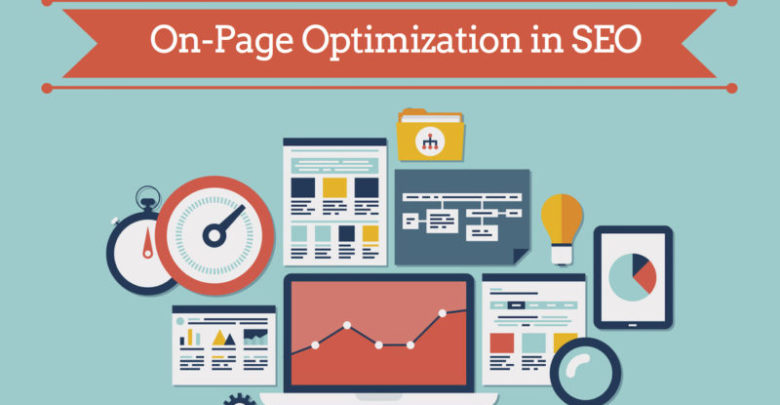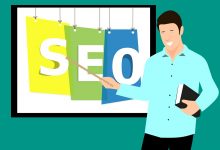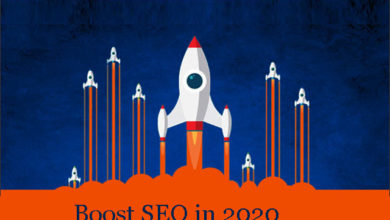
Longing to increase the traffic to your website? Here is the complete optimization guide packed with different kind of strategies starting from the beginner to the Best SEO experts looking to sharpen the skills and at the same time to also get informed with the latest skills and also best practices. Generally, the content gives life to SEO in each and every phase in digital marketing.
The factors are listed with the clear instructions in a flexible manner. This is the base foundation for the on-page SEO along with the comprehensive look for each and every factor. Next, important thing is that it is totally apart by a series of format for increasing your website both systematically and also strategically. Whether it is a new website or an existing one, your success is our target.
What Do You Mean By On-Page SEO?
On-Page SEO is nothing but the optimization of the multiple elements within a website. The major goal is to set up the website’s web pages and to enhance more traffic. Each and every factor of the On-Page SEO is controlled in the website’s interface and it is important to do it correctly too.

What Is The Major Difference Between Them On The Page And Off Page SEO?
The Off-Page SEO is a list of factors that occur on the other websites which enhance the website’s position in the SERPs. Some of the factors of the OFF page SEO are the hyperlinks on the other websites, names of the brand across the web, user behavior on the website and the shares on the social media etc. The promotion of the website takes place in a variety of ways and the building links perform the promotion work especially for promoting on social media.
Importance for User-Friendly Website for On-Page SEO
Both the content and the HTML code are involved in it that is the front end and the back end. Generally, the algorithm tracks both the factors of quality and the user-friendliness of a concerned website. Myriad elements are the one which is involved in the process of optimization. User engagement is the most important one for the user-friendly website.
Lists- On-Page SEO Checklist
As every one of us knows that the Backlinks are considered to be the backbone of quality content. In case if a web page is not optimized with the smart keywords, then there is no creation of any traffic.
1) Title Tags
Initially, you have to focus the keyword mainly in the tile of the web page. It will be better if closer the keyword is the beginning of the title. Then, make sure that the title makes more sense and also the keyword is a natural one. At the same time, the length of the tile is also taken for consideration.
2) Meta Descriptions
Make sure that the keywords are included in the web page’s Meta description. On the other side of the flip, the Meta descriptions do not affect the rankings directly and they can enhance the CTR when it is re-written and also convincing. There is a great impact in the rankings too. Already Google has increased the length of the Meta descriptions and still it is the best one to keep under the criteria of 160 characters. It is better to check out with the top ranking pages in the concerned SERP.
3) Uniform Resource Locator (URL)
While picking up the URL for the concerned new web page or a post, it is important to consider the target keywords. This is not that much important but still, it is the best practice to be mindful.
4) Heading Tags
The Heading Tags include both H1 and H2. H1 is the most important one and hence pay more attention. Be sure to make the first heading tag and include the keyword along with an appropriate modifier. Then, add both the heading tags such as H2 and H3 helps in the reliable structure of the content for both the readers including the search engines. The hierarchy for the web page instructs the search engines which of the one have more weight. One should include more variations of a keyword in the heading part in order to boost the on-page SEO.
5) Enhancing Images
While dealing with the images, there is a list of things should consider. It is better to focus on the keyword in the title, and image etc. On the other side of the flip, one can also include the image and the tags which are described in the image.
6) The Initial Point of Your Post
Make sure that the keyword is used in the first paragraph of the post. There is a list of ranking factors which are viewed by the Google and the respective search engines too. Optimization of each web page of a website is easy to understand.
7) Usage of Outbound Links
Linking of the reputable sources enhances the trust to your website and it is one of the best ways to offer an additional value just by pointing to the new resources.
8) Process the Content Easily Consumable One
Each and everyone’s view is totally different and hence the viewer’s read the content in a different manner in the online. Breaking up the text in a content part is a consumable one and also it is easy to read.







